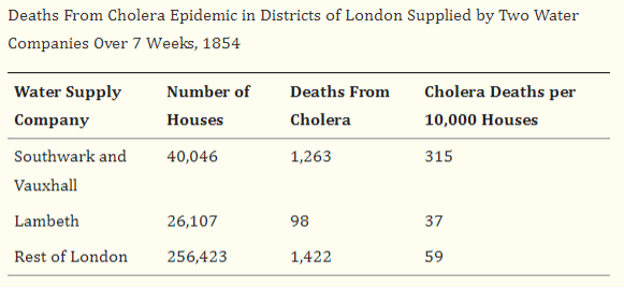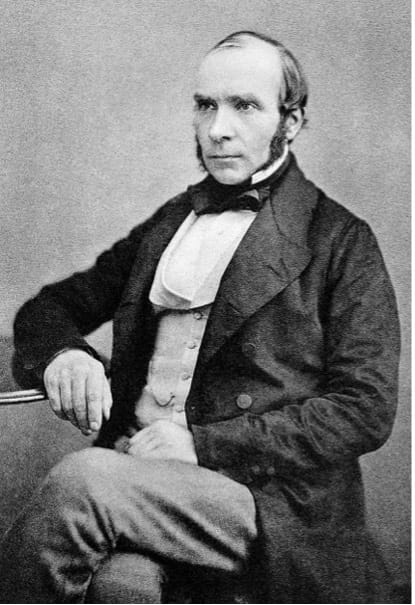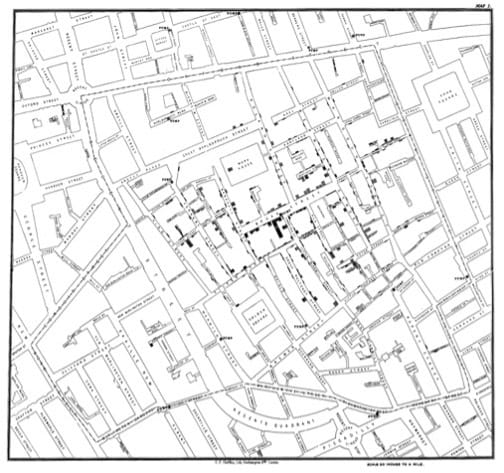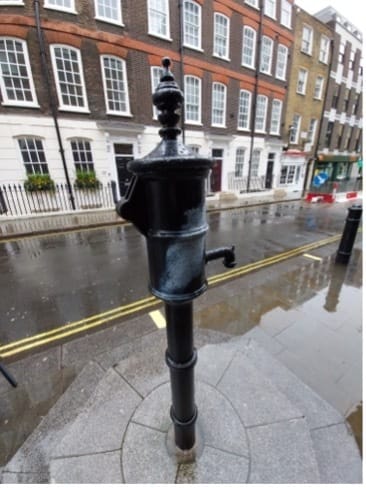- Infrasync Technology Services
- Posts
- Infrasync Newsletter #15 -Water Technology – A Historical Approach
Infrasync Newsletter #15 -Water Technology – A Historical Approach
Dr. John Snow & Cholera in the 1850’s
We take a lot of things for granted in our modern communities, including drinking water free from contamination such as cholera. It was not always the case, in fact one of the great water technology heroes had to pioneer a new technology and new approach to solve this issues.
The Background
In the bustling streets of mid-19th century London, amidst the extreme economic growth there was also the extreme growth of cholera. This was a particularly brutal series of endemics as it targeted the old and the young. At the time, it was thought to be spread by "miasma in the atmosphere.“

Thankfully one person, Dr. John Snow, decided to push against the commonly accepted belief of disease transmission and take a technology or scientific driven approach. Trained as an anesthesiologist, his real passion lay in understanding how diseases spread. Snow was skeptical of the miasma theory and proposed a radical idea: cholera was waterborne!

Dr. John Snow
He began a meticulous investigation, something us water professionals can resonate with. Collecting data and mapping cholera cases, Snow's approach was the 1850s version of our modern data-driven methodologies. His detailed interviews and geographical mappings were pioneering steps towards what we now call Geographic Information System (GIS).
The Breakthrough
The turning point in Snow's investigation came when he mapped the cholera cases and noticed a cluster around the Broad Street water pump. This visual insight is something we often discuss in the water industry - the power of data visualization to highlight patterns and guide interventions.
"I found," he wrote afterwards, "that nearly all the deaths had taken place within a short distance of the pump." In fact, in houses much nearer another pump, there had only been 10 deaths -- and of those, five victims had always drunk the water from the Broad Street pump, and three were schoolchildren who had probably drunk from the pump on their way to school.

Snow’s Map of Outbreaks
With this evidence, Snow approached the local council and convinced them to remove the handle of the Broad Street pump on September 7, 1854. This act dramatically reduced the number of new cholera cases and marked a pivotal moment in public health.

Broad Street Pumps - Replica
A Lasting Legacy
Snow continued his work even after the pump handle was removed. He identified a nearby cesspool that had leaked into the water supply, confirming his theory about the waterborne nature of cholera.
John Snow's legacy is immense. His use of mapping and data analysis are practices we uphold today to ensure the safety and quality of water. In the face of public health challenges, Snow's story is more relevant than ever. It teaches us the importance of using technology and data to make informed decisions and the need for persistence in the face of skepticism.
A Modern Challenge
In the modern water industry we have a who new series of challenges. Fewer people, stretched funding, and aging pipelines and treatment plants. By taking a technology driven approach we can achieve results even if it goes against the prevailing approaches.
Smart Water Technology Kickstart
1 - Determine what data you actually have
Most utilities have GIS, SCADA, Meter Demand Data, probably even more data. Check across departments and work to understand your current state as a whole utility, not just as a soiled team. Often your IT department has a list of the data providers and sources to start with. Expand this to include even one off data such as pipeline inspections or treatment plant studies.
2 - Connect the data and start overlaying critical findings and KPIs
Have you even overlaid water pressure from SCADA or meters over pipeline break data? If not the results may be surprising. What about connected your water metering data to your wastewater treatment plant data? Is it possible that your worst issues are on low flow days with the highest concentrations? Or are the worst days during high rainfall with lots of inflow and infiltration? Until you connect the data it’s just educated guessing, not data driven.
3 - Determine what new sensors, software, services you need.
Once you have the data connected you will start to see gaps. For water distribution you may notice that you have an area of town with 60% of your line breaks but no pressure sensors in the area. To get a better understanding you may want pressure sensors, transient sensors, maybe even more flow meters to understand. For treatment plants you may realize that your incoming surface water flows are highly inconsistent and you want a network of water quality sensors in the river and lakes upstream of your intake.
4 - Implement them and start tracking those results.
The hardest part is just taking the first step in a technology driven program. Connect with vendors, consultants, contractors, to understand the possible approaches to get the data and connect the data. There are hundreds of options in the water technology market, it’s not as important to get it 100% right the first time as it is to improve year after year. So move quickly to implement something new to get the momentum going.
WARNING
Use something called a minimum effective dose. This is a medical term for how much exercise, nutrition, or medicine you need to see some results. Most of us understand that just doing 5 sit-ups a day, eating one less potato chip, or taking an infants dose for pain reliver really won’t do anything noticeable.
There is a worrying tendency in the water space to trial or test products at much lower than a minimum effective dose. If you want to move forward with a new technology do so with confidence and enough to validate your approach. This may mean skipping free pilots or a single sensor deployment but I promise that taking the extra effort up front for a minimum effective technology deployment will be worth it.
Adjustments will be needed but it’s critical that we move forward as an industry.
The time for the status quo was yesterday. The time for action is today.
Know someone who could benefit from this info? Forward this newsletter to them!
Make sense to connect?
Are you working to help your utility or technology company take the next step forward? If you want to talk through a challenge or share something interesting your team did please shoot me a note at [email protected] or schedule a 15 minute call here.